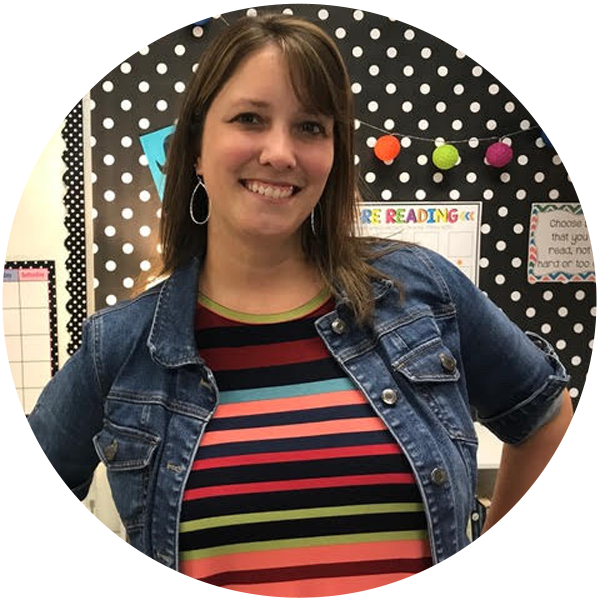"You're good with technology," one of my students said to me today as I rushed around between six groups of students using a dozen Chromebooks, trying out a new interactive website. As I took pictures of their drawings, uploaded them to Google Drive, and shared with the group leaders while simultaneously trying to help them navigate the web and overseeing their actual work on some level, I didn't feel "good" at it at all times. But, it did feel very good when we were finished.
Soft Rain by Cornelia Cornilessen is usually my most popular novel unit during the month of November. It's a historical fiction novel about a little Cherokee girl on the Trail of Tears with her family and it's a must-read for social studies integration in my fourth grade classroom. The discussions that ensue while reading this novel are always memorable, if difficult, as students are faced with the idea of social injustice, often for the first time.
In trying to provide students an outlet for their opinions and feelings, I developed a Trail of Tears newspaper group project, which I carried out for the third time in my classroom over the last week. (In addition to being in the midst of reading the novel, I also did some background study of the Trail of Tears prior to this project. I found some great resources from Jersey Girl Gone South and Bow Tie Guy and Wife on TPT.) Whether you're able to read the novel or you're simply learning about the Trail of Tears in your classroom, this activity is sure to get your students thinking, sharing and creating. You can download the student handouts for free by clicking here.
I begin this activity by showing my students a PowerPoint presentation I created explaining the concept of a one-page newspaper as well as the concept of bias. Once students are put into groups for creating their newspaper from the time period of the Trail of Tears, I assign half the groups to write from the perspective of the white settlers and the other half to write from the perspective of the Cherokee. The half who are assigned the white settlers' perspective always protest, which shows their empathy with the Cherokee and distress over this period of history. However, I explain to the whole class the importance of seeking to understand why history happened the way it did so we can be aware not to repeat the regretful portions. You can download the PowerPoint presentation for free by clicking here.
After viewing the PowerPoint presentation, students get into groups and complete their planning sheets, discussing together as they go. Once they are ready, they create their newspaper on ReadWriteThink's website, specifically using the printing press student interactive. This tool saves the project in PDF and can be saved to Google Drive on the Chromebooks. It can also be saved as a draft during the process.
Other students can type their articles in Google Docs, then share with the student who has the printing press opened on their Chromebook to copy and paste. Students with illustrations get my attention when they are done and I take a photo of their drawing which I upload to Google Drive and share with the group leader as well. While it may sound complicated, it really comes together quite well and the students had a great time creating together! I'm usually so busy assisting with the technology aspect that I don't have as much time to guide students with their ideas as I'd like, but it actually works out for the best because they have such great ideas on their own!
Of course, there is always going to be the group who names their newspaper "What Went Down" and advertises the new invention of toilet paper... But laughs like that are what keep us coming back to this teaching gig day after day and year after year!
0
Soft Rain by Cornelia Cornilessen is usually my most popular novel unit during the month of November. It's a historical fiction novel about a little Cherokee girl on the Trail of Tears with her family and it's a must-read for social studies integration in my fourth grade classroom. The discussions that ensue while reading this novel are always memorable, if difficult, as students are faced with the idea of social injustice, often for the first time.
In trying to provide students an outlet for their opinions and feelings, I developed a Trail of Tears newspaper group project, which I carried out for the third time in my classroom over the last week. (In addition to being in the midst of reading the novel, I also did some background study of the Trail of Tears prior to this project. I found some great resources from Jersey Girl Gone South and Bow Tie Guy and Wife on TPT.) Whether you're able to read the novel or you're simply learning about the Trail of Tears in your classroom, this activity is sure to get your students thinking, sharing and creating. You can download the student handouts for free by clicking here.
I begin this activity by showing my students a PowerPoint presentation I created explaining the concept of a one-page newspaper as well as the concept of bias. Once students are put into groups for creating their newspaper from the time period of the Trail of Tears, I assign half the groups to write from the perspective of the white settlers and the other half to write from the perspective of the Cherokee. The half who are assigned the white settlers' perspective always protest, which shows their empathy with the Cherokee and distress over this period of history. However, I explain to the whole class the importance of seeking to understand why history happened the way it did so we can be aware not to repeat the regretful portions. You can download the PowerPoint presentation for free by clicking here.
After viewing the PowerPoint presentation, students get into groups and complete their planning sheets, discussing together as they go. Once they are ready, they create their newspaper on ReadWriteThink's website, specifically using the printing press student interactive. This tool saves the project in PDF and can be saved to Google Drive on the Chromebooks. It can also be saved as a draft during the process.
Other students can type their articles in Google Docs, then share with the student who has the printing press opened on their Chromebook to copy and paste. Students with illustrations get my attention when they are done and I take a photo of their drawing which I upload to Google Drive and share with the group leader as well. While it may sound complicated, it really comes together quite well and the students had a great time creating together! I'm usually so busy assisting with the technology aspect that I don't have as much time to guide students with their ideas as I'd like, but it actually works out for the best because they have such great ideas on their own!
Of course, there is always going to be the group who names their newspaper "What Went Down" and advertises the new invention of toilet paper... But laughs like that are what keep us coming back to this teaching gig day after day and year after year!
































